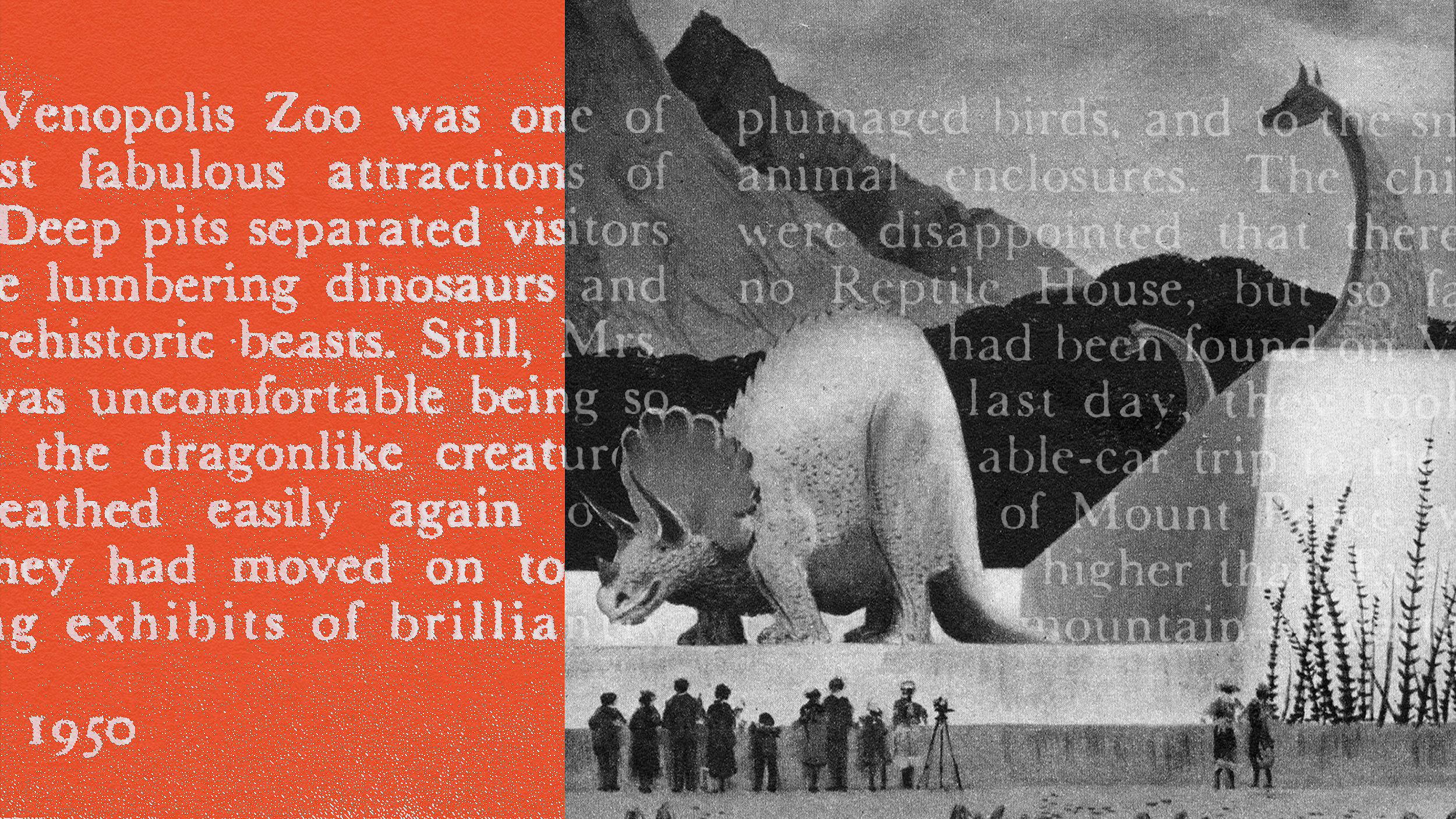The Harper’s editor explains the evolution of a very original kind of performance art.
Question: What are flash mobs?
Bill Wasik: Okay. Well, flash mobs are gatherings of people somewhere in physical space that last for 10 minutes or less and they are brought together on the fly via text message or email and then everyone disperses and leaves no trace.
Question: Can flash mobs make political statements?
Bill Wasik: I think that flash mobs are a demonstration of what technology can do, they’re demonstrations of how you can use fun and the kind of a sense of being a secret agent on a mission to get people together in really large numbers. I think that because the idea of flash mobs as being absurd and being ten minutes or less sort of means that they are not very great vehicles for expression or for actual, you know, creating political change, but I do think that they are an incredibly powerful demonstration of what these kinds of gatherings can do and I think that a lot of people are using flash mob type ideas to try to affect change or try to express themselves in interesting ways. For me, the flash mob is sort of more showing what could be done but that the more serious stuff is a step beyond
To me, flash mobs were a kind of performance art and, you know, they weren’t protests, they certainly weren’t a substitute for protest. They were a social experiment, they were a demonstration of what the technology of internet chain emails could do and text messaging can do and a demonstration of social networks in the way in which people can just through you know one person forwards it to ten people and they forward it to 10 people and before you know it you can gather really tremendous crowds. And I also think that they were an important demonstration to the people who took part in them where, you know, especially in this kind of era of Facebook where we have these large communities of “friends” but our relationship with them are so virtual and they’re so bound up in this very ephemeral or kind of just purely digital transactions where you see a face on the screen and you send a message or you see a post on the wall. There’s something about flash mobs where those connections are suddenly made really explicit or really virtual and they remind us that we are still people who have bodies and still people who have the ability to create change in the real physical world.
Question: What was your most memorable flash mob?
Bill Wasik: Probably our biggest flash mob here in New York was at the Toys R Us in Times Square. I don’t know if you’ve been to that Toys R Us but it’s this incredible spectacle, you know, there’s a working ferris wheel inside the store that is sort of like three stories tall and there’s a giant animatronic T-rex dinosaur up on the top floor where you know it has this lifelike dinosaur movements and it roars and so we have a flash mob up there in the second floor where everybody filtered in secretly and they were just hanging out around, you know, in the Barbie Place or with the G.I. Joes, that sort of thing and then at the appointed moment they all rushed this dinosaur and they got down to their knees and they coward behind their hands like this dinosaur was a terrible god and this was really just a phenomenal thing to see. You know, this is one of the biggest, most kind of impressive stores in the whole city and we basically just shut down the whole second floor with this impromptu kind of enacting of fealty to this dinosaur and it was really a kind of magical moment of crystallizing personhood. We had sort of disruptive the flow of this store in a way that was just, that was just really remarkable to see.
Question: Do flash mobs trespass on private property?
Bill Wasik: A lot of flash mobs happen in public space or they happen in sort of semi-public space where you are allowed to come in as someone who’s just going to shop for example but when you try to express yourself in any way, when you try to do anything that’s outside of the so called prescribed things that you do in that space then suddenly you’re considered to be a trespasser, suddenly you’re considered to be an interloper, you know, and I think one of the reasons why flash mobs were so powerful for people especially here in the United States is that we’ve lost so much of our tradition of public space in this country, you know, that today in the sorts of suburbs where most people grow up or even here in New York City or in cities around the country, what passes for public space might be a shopping mall, well that shopping mall is technically private space but you sort of think well that’s where you go and meet your friends and that’s where you go and, you know, walk the supposed streets of the mall in order to do your shopping. Of course, try to express yourself in that kind if space and you’ll quickly find out just how nonpublic that space is and so, you know, a lot of the fun of the flash mobs is that because they were 10 minutes or less usually the police would show up just as the point that everyone is leaving. Usually they wouldn’t be so mad about it, you know, the police. They would have just gotten the call, you know, there were some weird occurrence going on by the time they got there, you know, they would see that everybody was just having a good time and they were all leaving and there wasn’t any threat. But, I do think it managed to be a sort of an intrinsic political statement that way, you know, that it was very much a meditation on public space and what you can and what you can’t do in a lot of spaces today.
Question: How can someone join a flash mob?
Bill Wasik: Well, you know I think the best way to do it is to start one of your own. It’s just a matter of sending an email out to the people that you know and telling them to send it along. I was anonymous as the organizer of the flash rooms in New York, in part because I felt like that the mob would make itself based on people forwarding the message around and even though I would sort of arbitrarily give it a place to go and give it something fun to do that really the mobs were leaderless in the sense that I couldn’t make a mob out of just the people that I knew. I had to rely on the networks of the people I forwarded to and then the networks of the people forwarded to and so on in order to get the group together. So, I think anonymity is a great way to do it because it makes it clear that, you know, you’re not just organizing a flash mob for your own personal aggrandizement. It’s instead, you’re doing an experiment to see, you know, how many people you can get to come together in the physical space and when other people pass it along they are essentially taking on the project, they’re essentially taking on the project for themselves and saying, you know, by forwarding the message along they are in the same position that you’re in. They’re taking on the experiment as their own.
Recorded on: June 3, 2009





